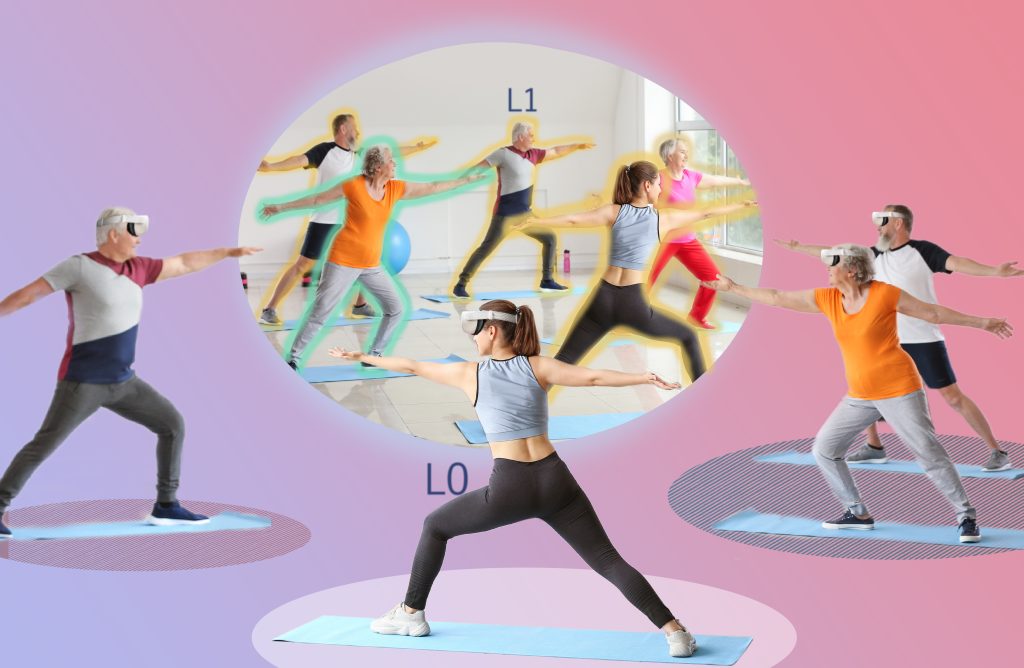Sensorimotor primitives
Information is encoded in the way we move. This information can pertain to our intentions, expectations, decisions, as well as to the properties of the environment. When grasping an object, for example, the way we move towards the object (movement kinematics) encodes information about the size and shape of the object, as well as information about the agent’s expectation of the object weight. If the object is perceived as potentially dangerous (a hot pot handle, for example), threat information is also encoded. Information encoded in movement kinematics can act as a social signal to others. However, humans do not behave as ideal observers. They are able to read some, but not all of the information encoded in movement kinematics. Thus, not all the encoded information is transmitted to others. Crucially, the movement features that matter for social transmission are the features that encode information and from which information is read out during social interaction. We refer to these features (or combination of features) as Sensorimotor Primitives of Social Interaction.
SHARESPACE aims to identify and reconstruct Sensorimotor Primitives of Social Interaction in future SHS to facilitate social transmission of information. Research about these primitives is conducted in this work package. More specifically, research is conducted about two defined Proof-of-Principles. You can read more about those here.


